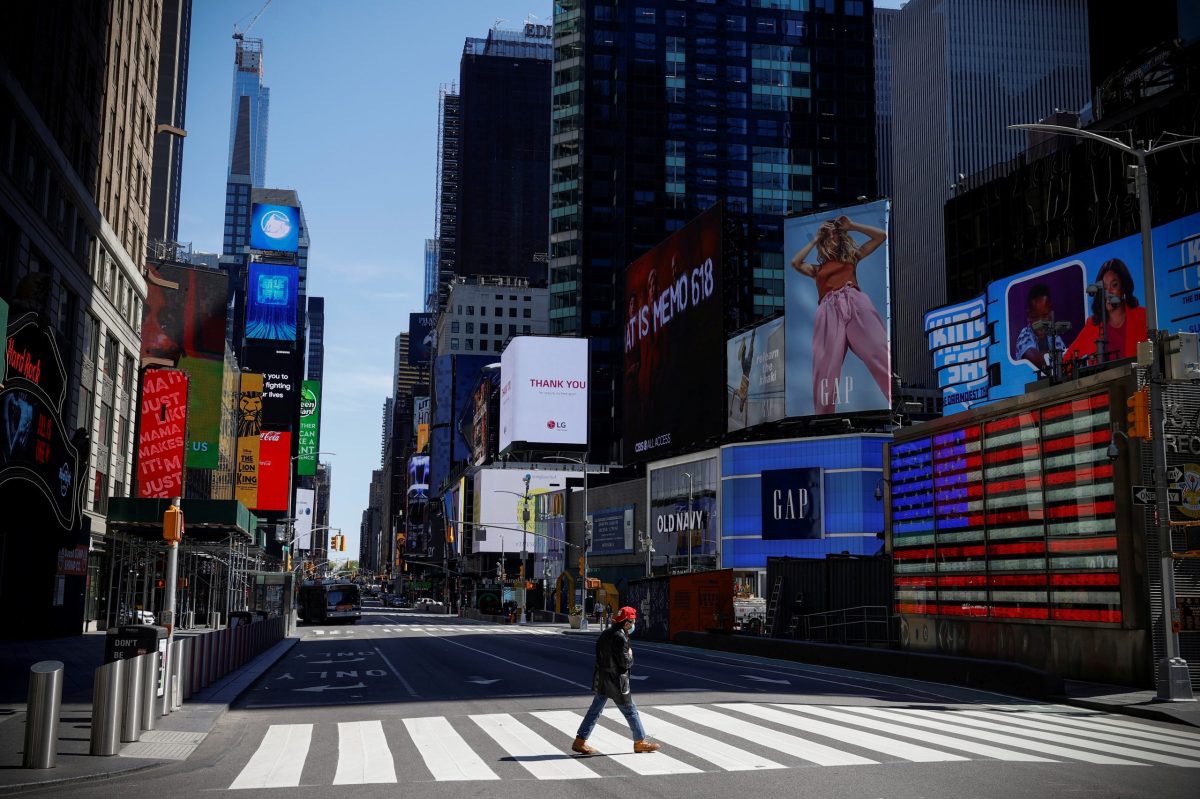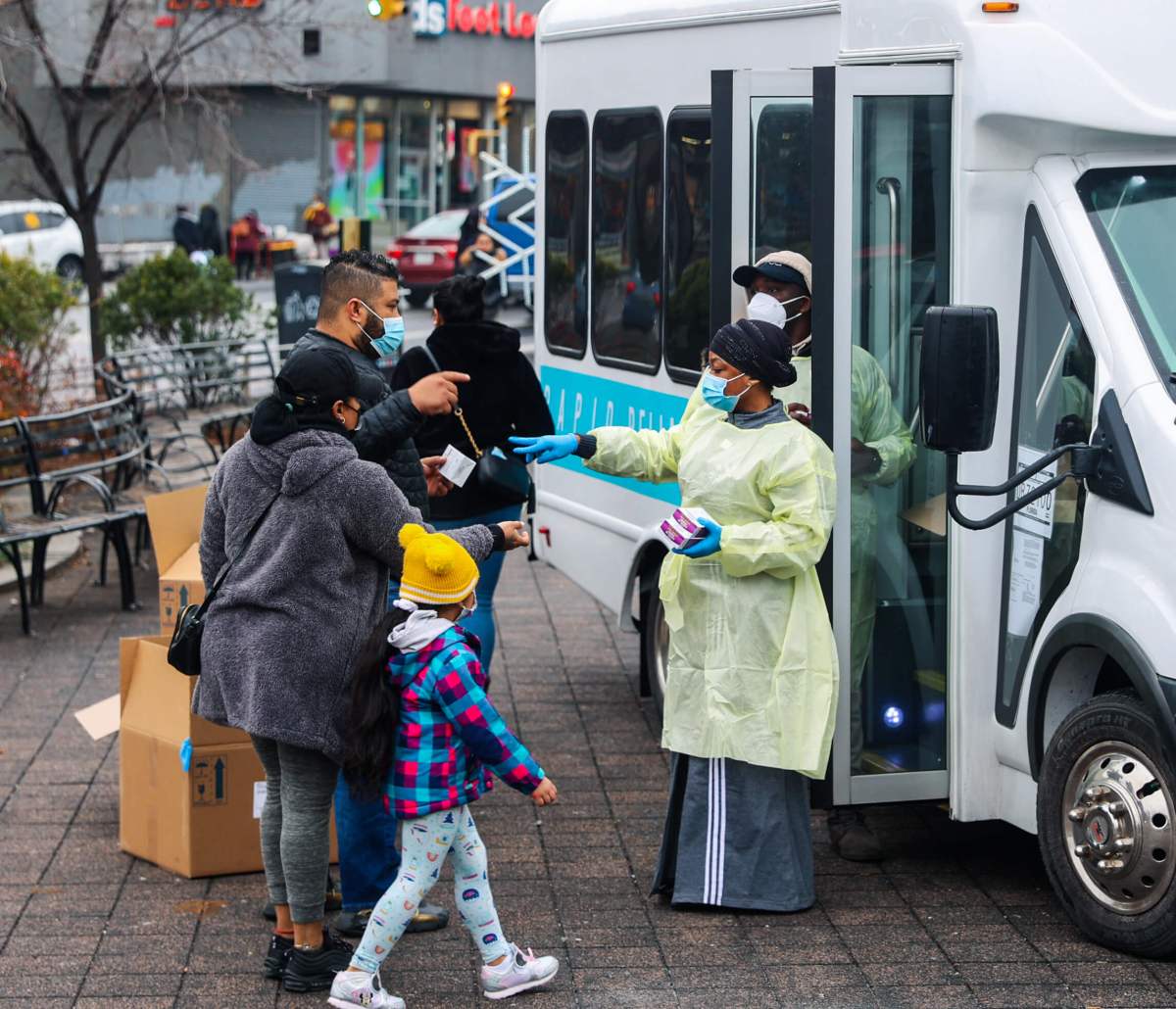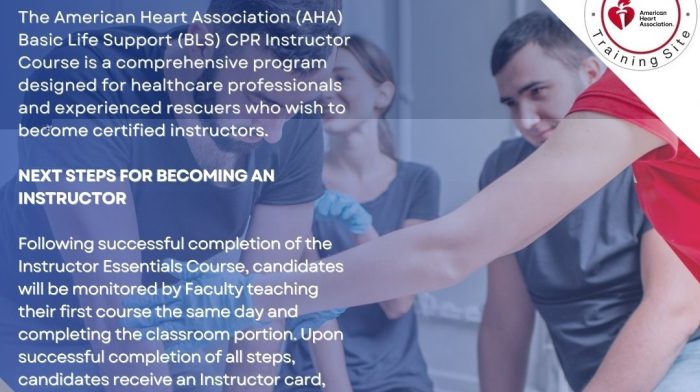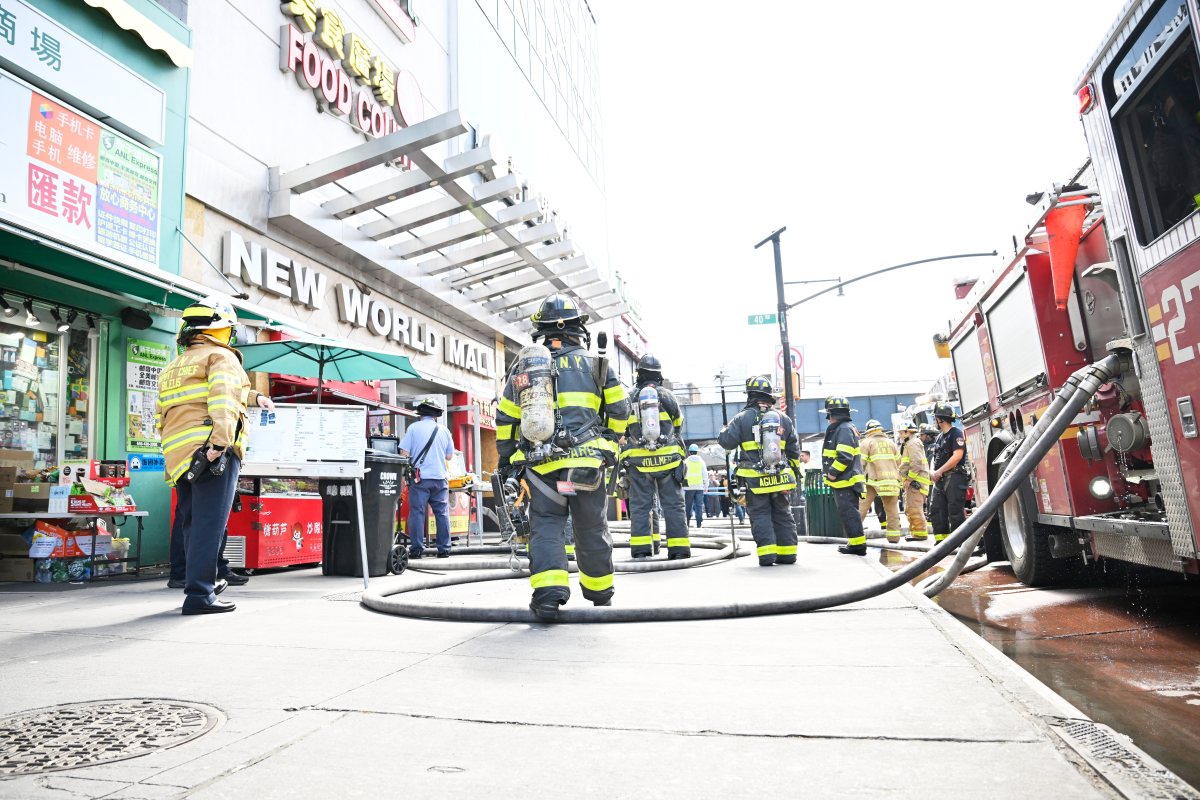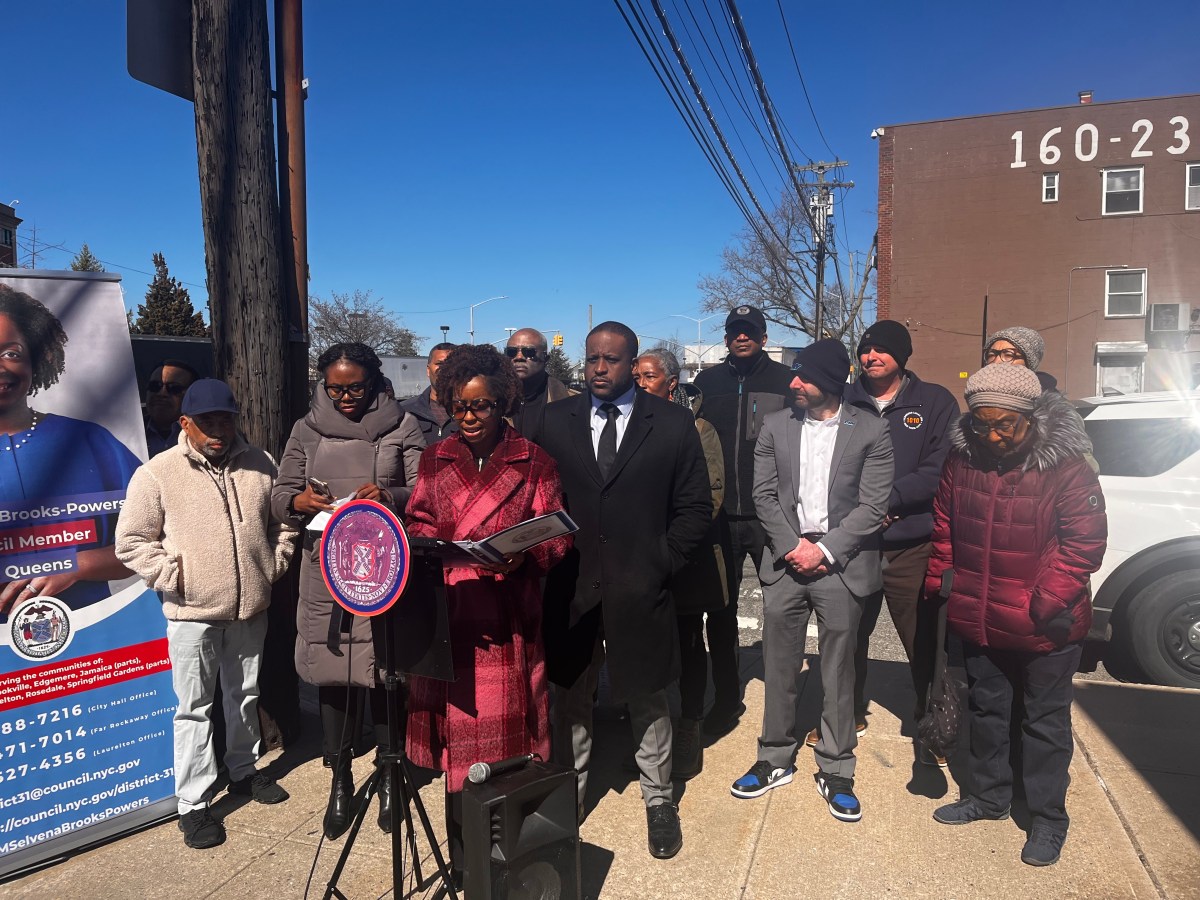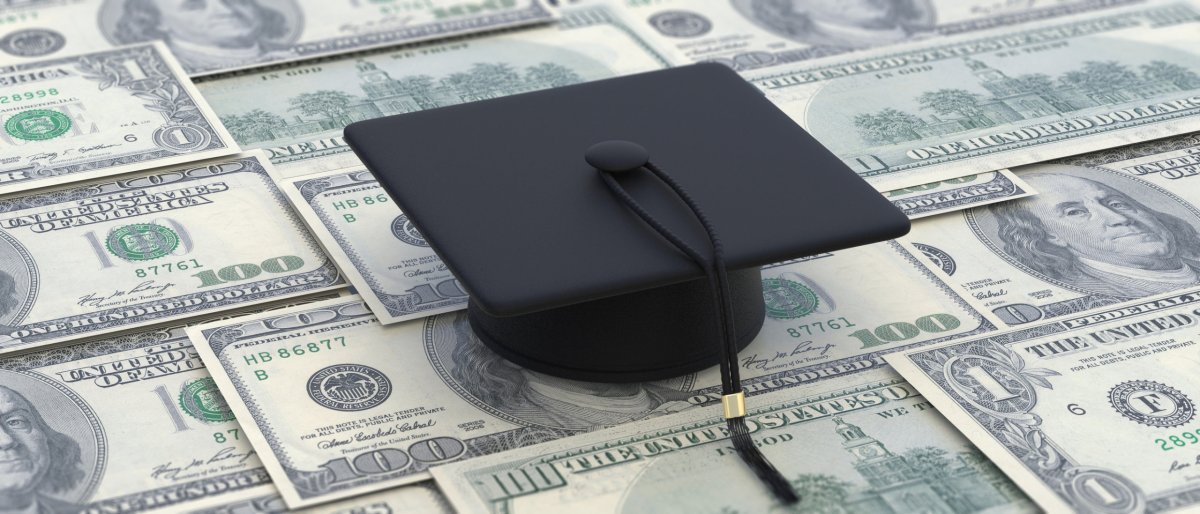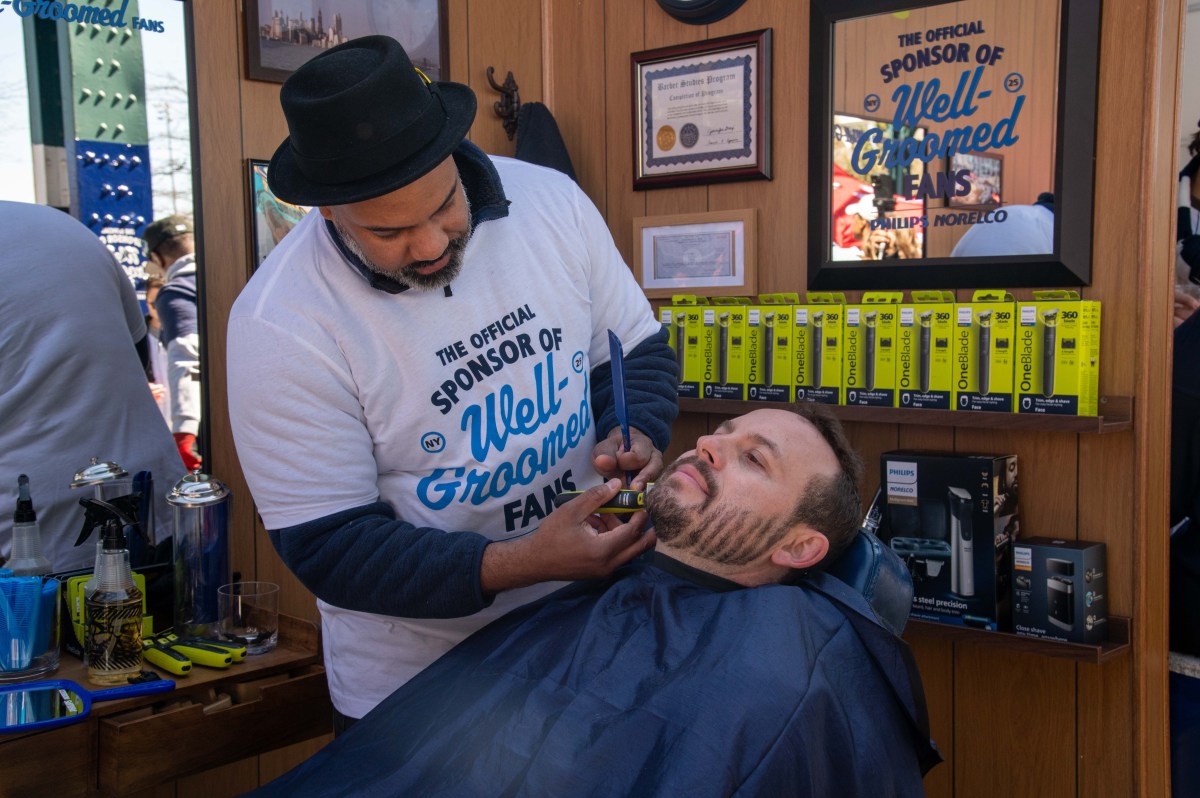BY ALEKSANDRA MICHALSKA
As shut-in Americans long for the days when they can once again enjoy simple pleasures like dining out, one New York City steakhouse has provided a possible glimpse of how reopened restaurants might look in the post-coronavirus age.
When the Brooklyn Chop House reopens in Lower Manhattan’s Financial District this summer, diners will encounter temperature checks at the door, plastic dividers between tables, sanitizer-infused towels, and wait staff wearing restaurant-branded fishing caps with plastic face shields.
“We created a fishing cap to make it a little fun, because I’ve got to convince my staff to wear it, and it’s actually very comfortable,” said Stratis Morfogen, the restaurant’s director of operations, as he donned a face shield.
As the COVID-19 pandemic swept the United States, restaurants closed their doors, with 5.5 million restaurant industry workers losing their jobs in April alone, according to the National Restaurant Association.
The virus hit New York establishments especially hard, where, the industry group says, restaurants accounted for 9% of employment in the state in 2019 and brought in $51.6 billion in sales in 2018.
The Brooklyn Chop House, known for its fusion of American steakhouse and Asian food, is working hard to prepare for reopening and Morfogen estimates the changes will cost $15,000.
Tables will be separated by plastic partitions, and plates and glasses will be wrapped in plastic to prevent contamination.
The restaurant will also use small paper strips to measure the level of disinfectant on surfaces.
In addition, the restaurant’s former 200-seat capacity will be 30% lower, to satisfy social-distancing criteria.
“We don’t want you to feel like you’re eating in a hospital or prison,” Morfogen said. “But we have to respect the healthcare workers” and prevent people from becoming infected.
“We want your comfort level to be high, where you come in here and enjoy yourself,” he said. “We’re all going to need it after this.”



